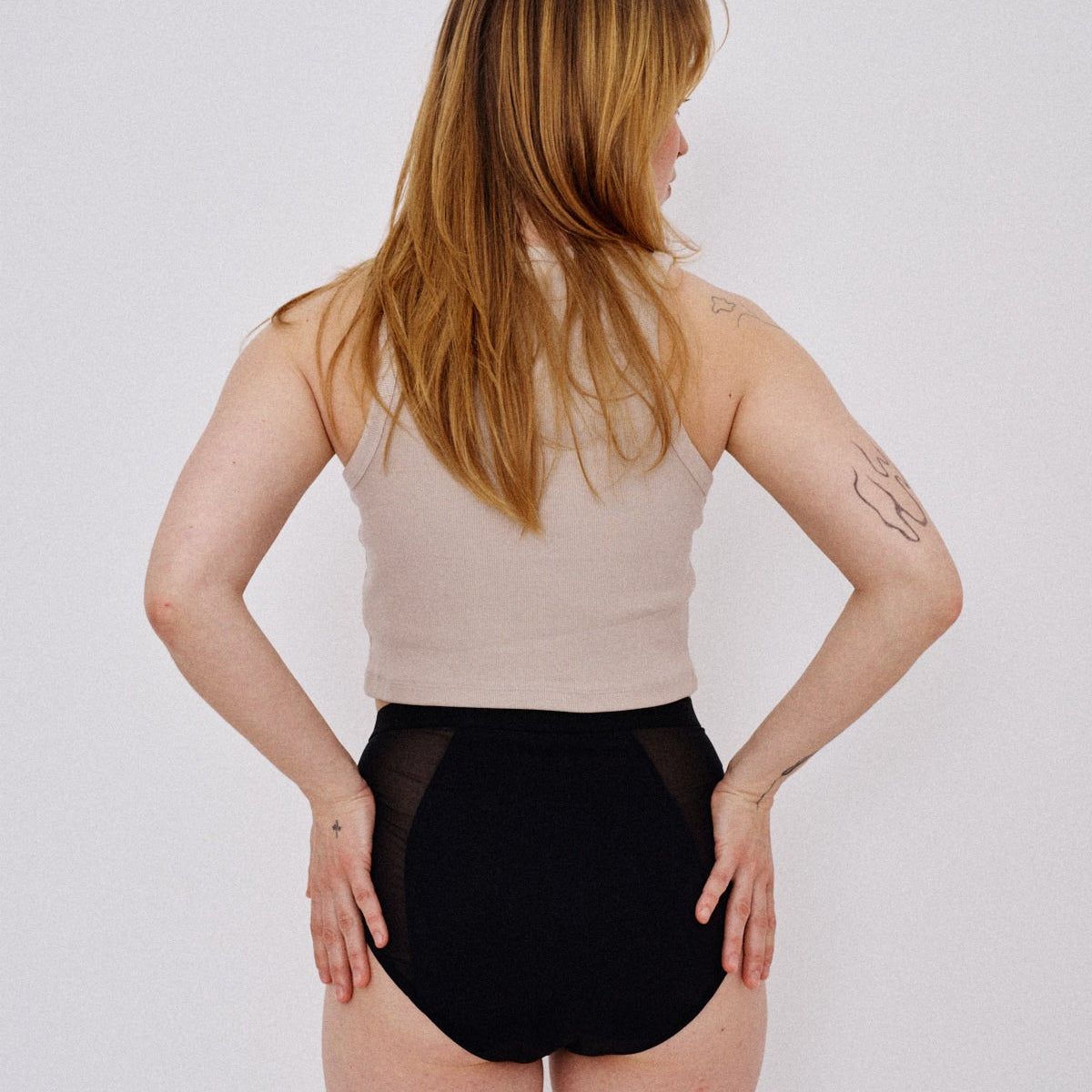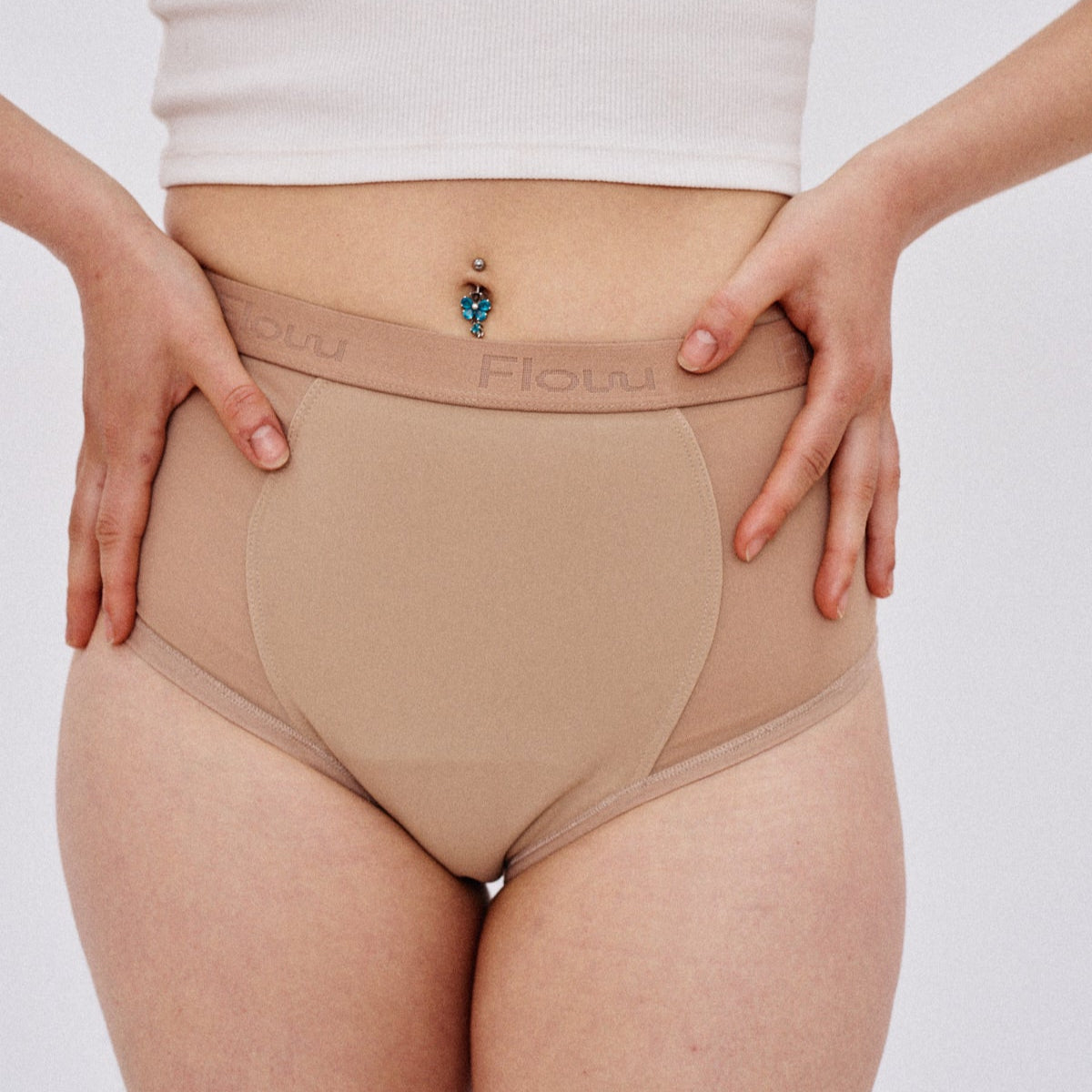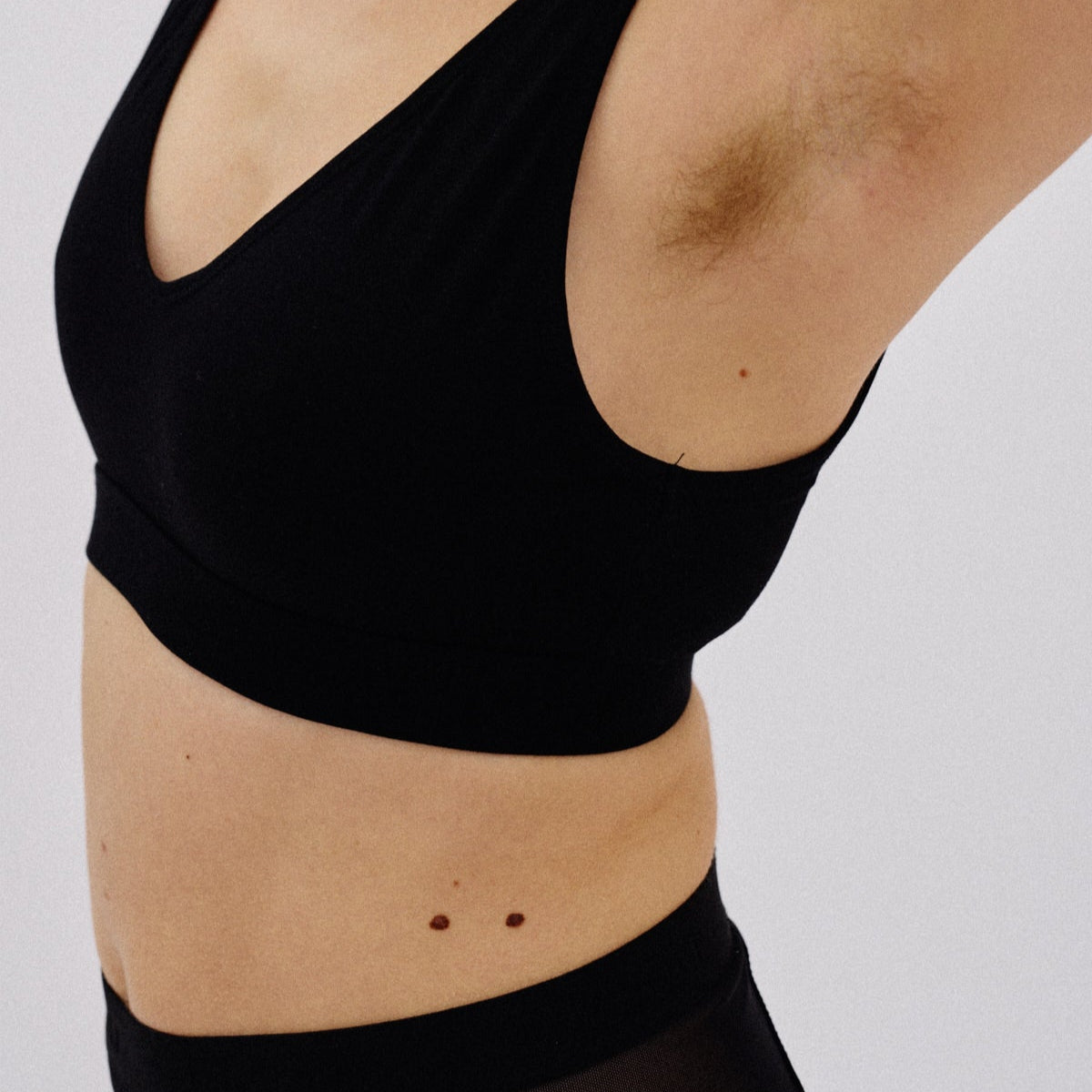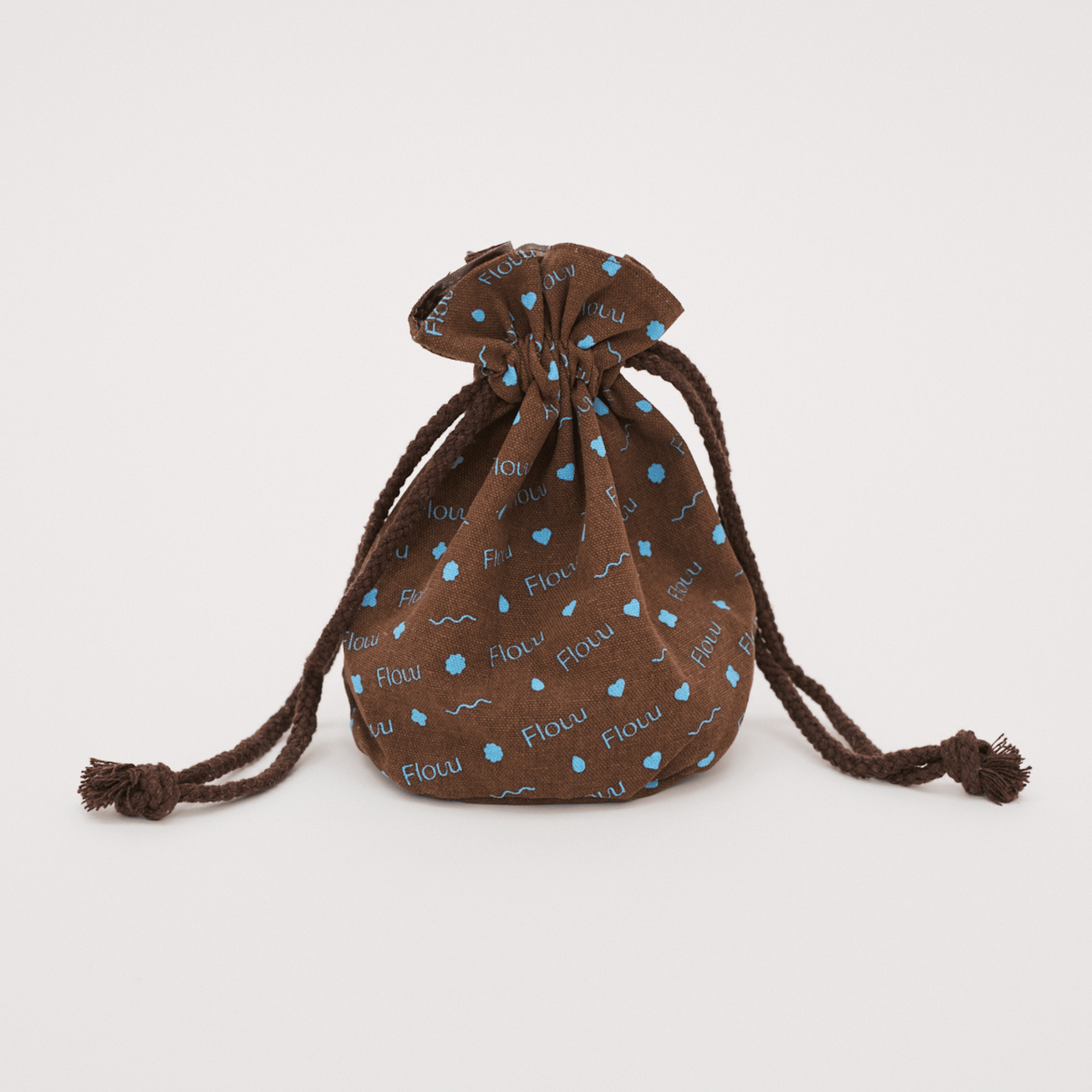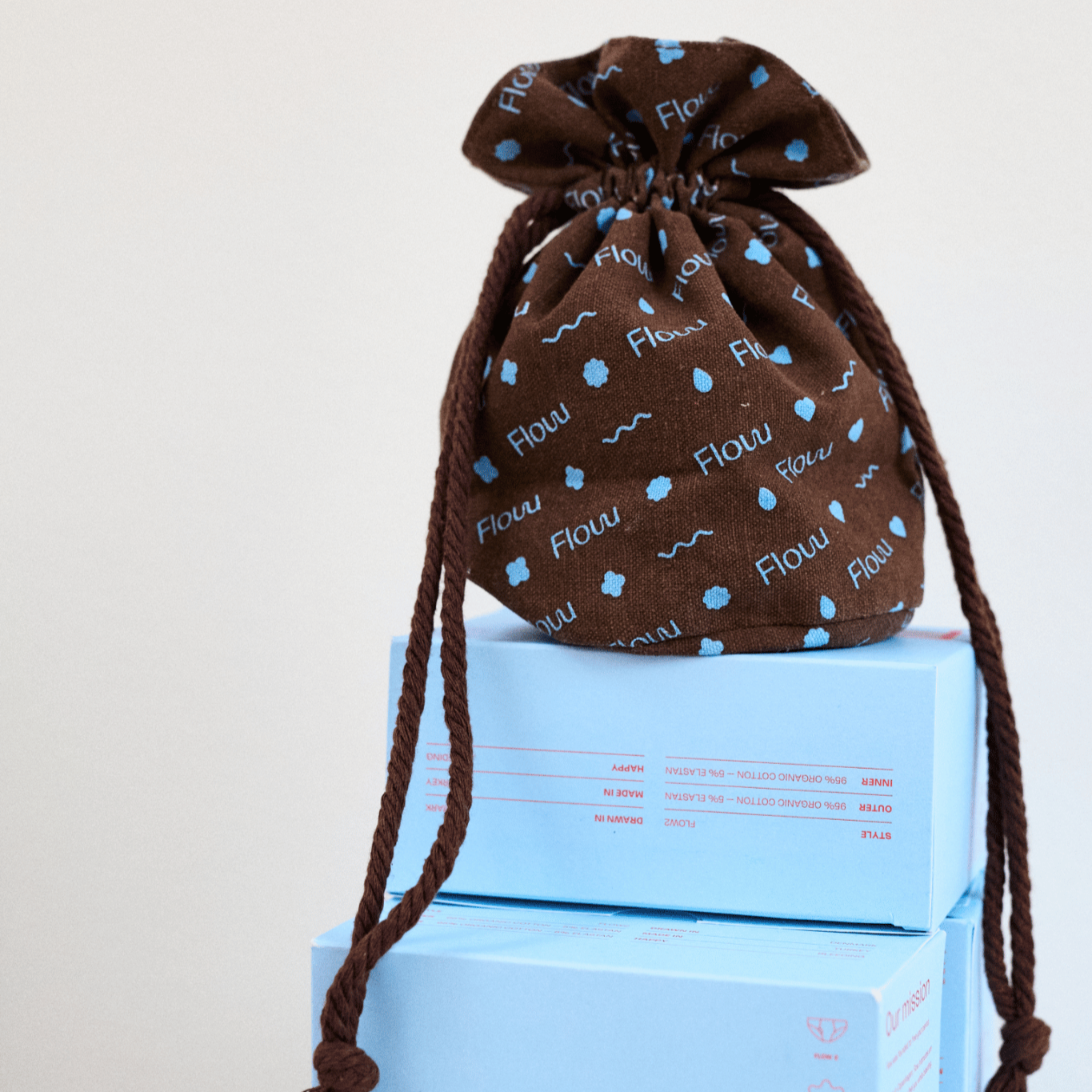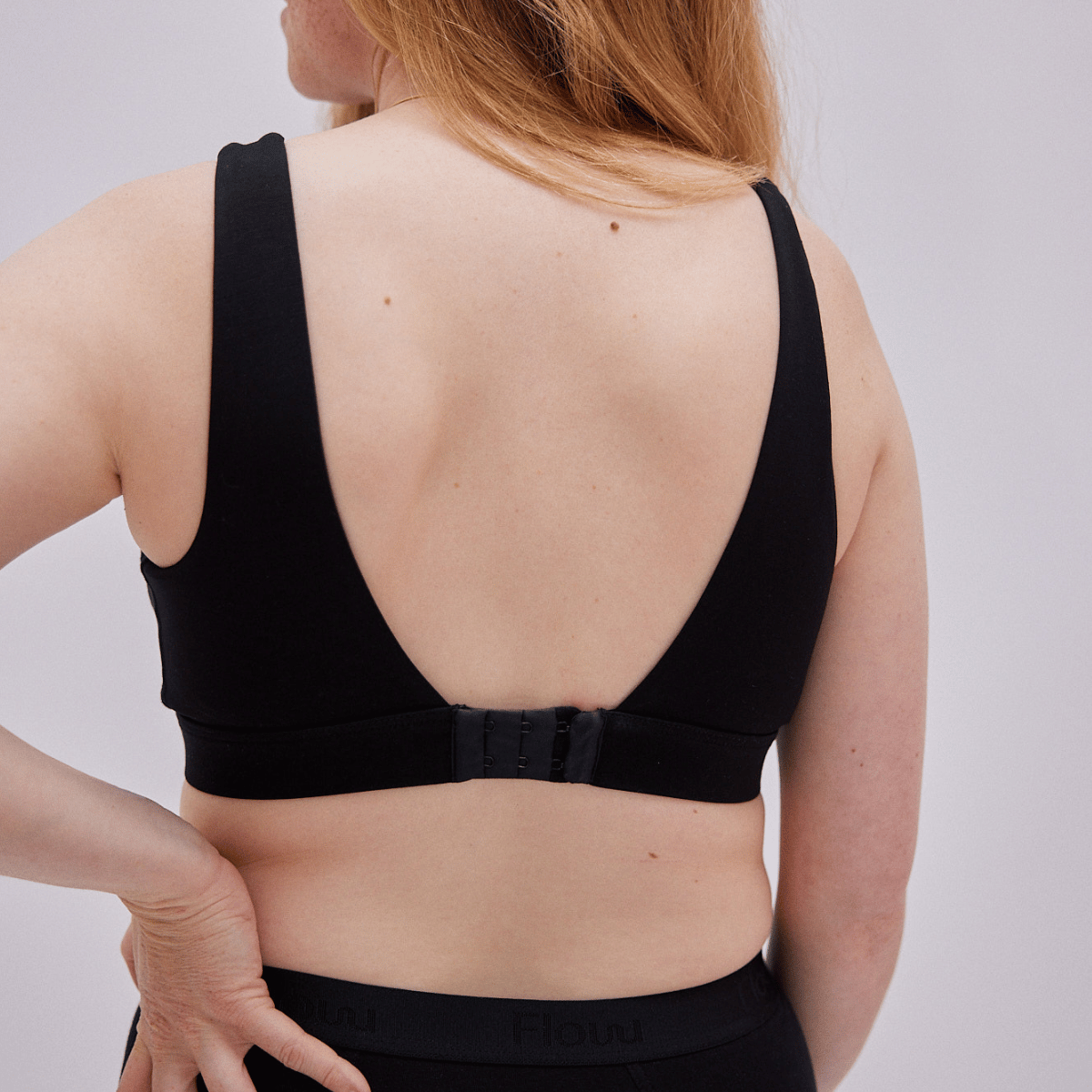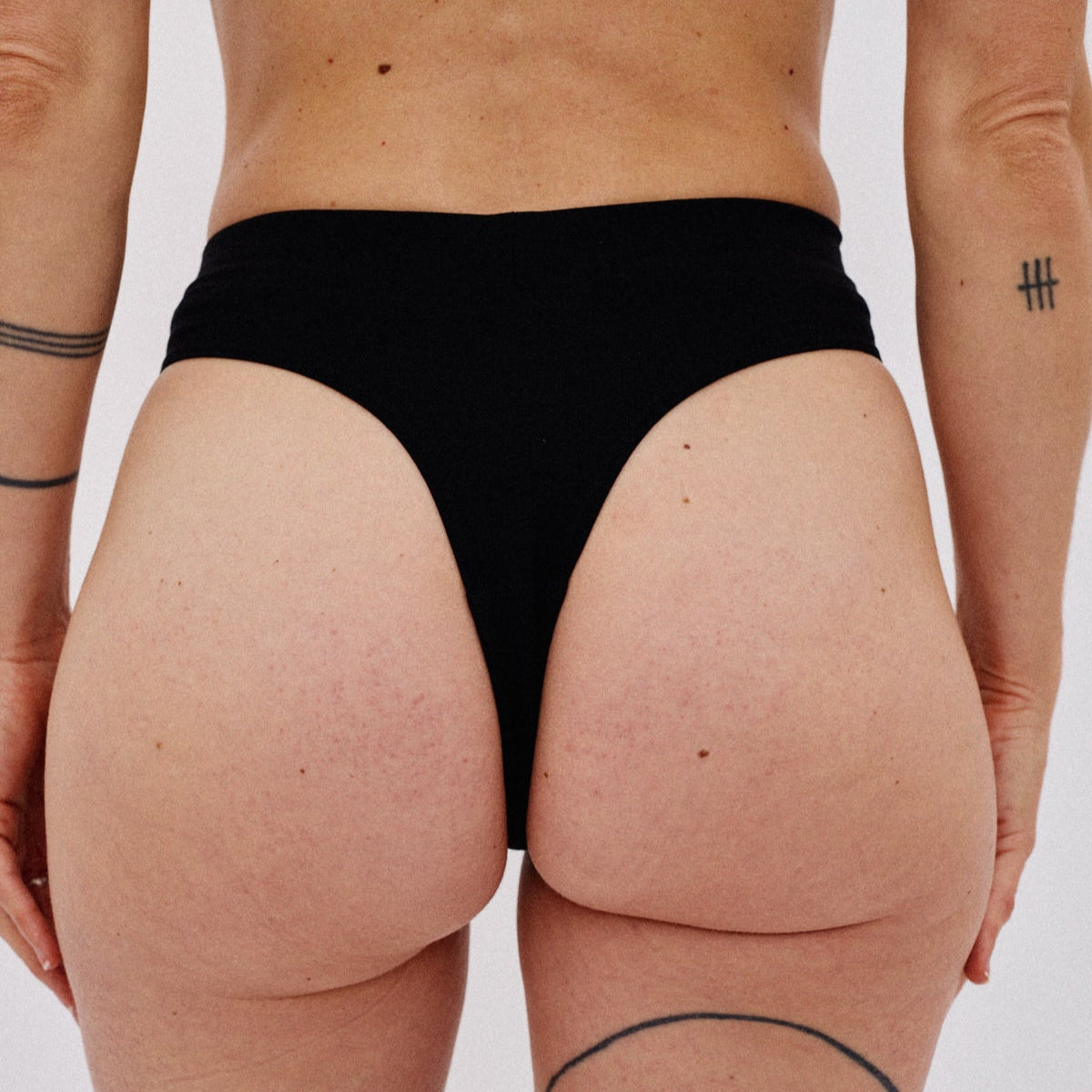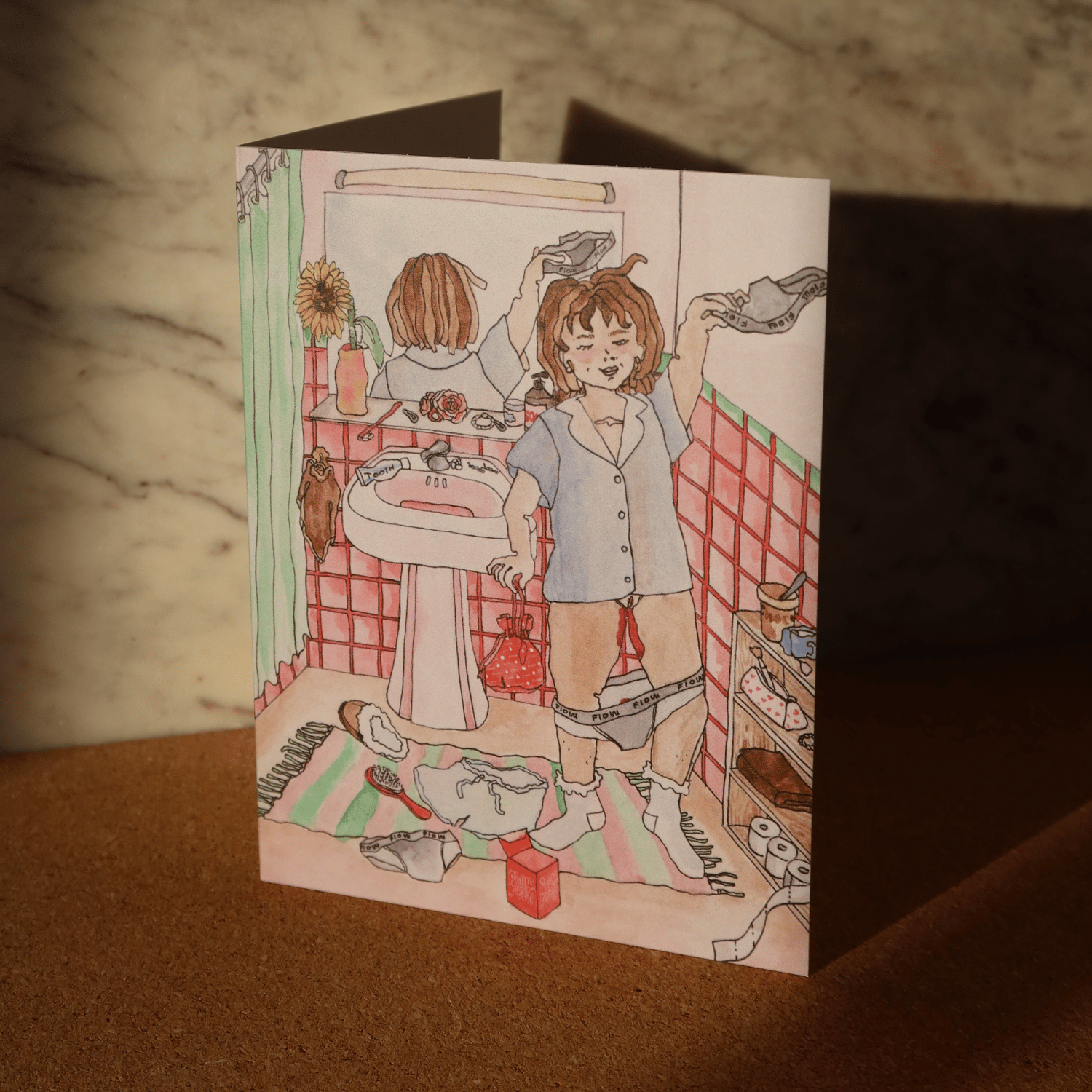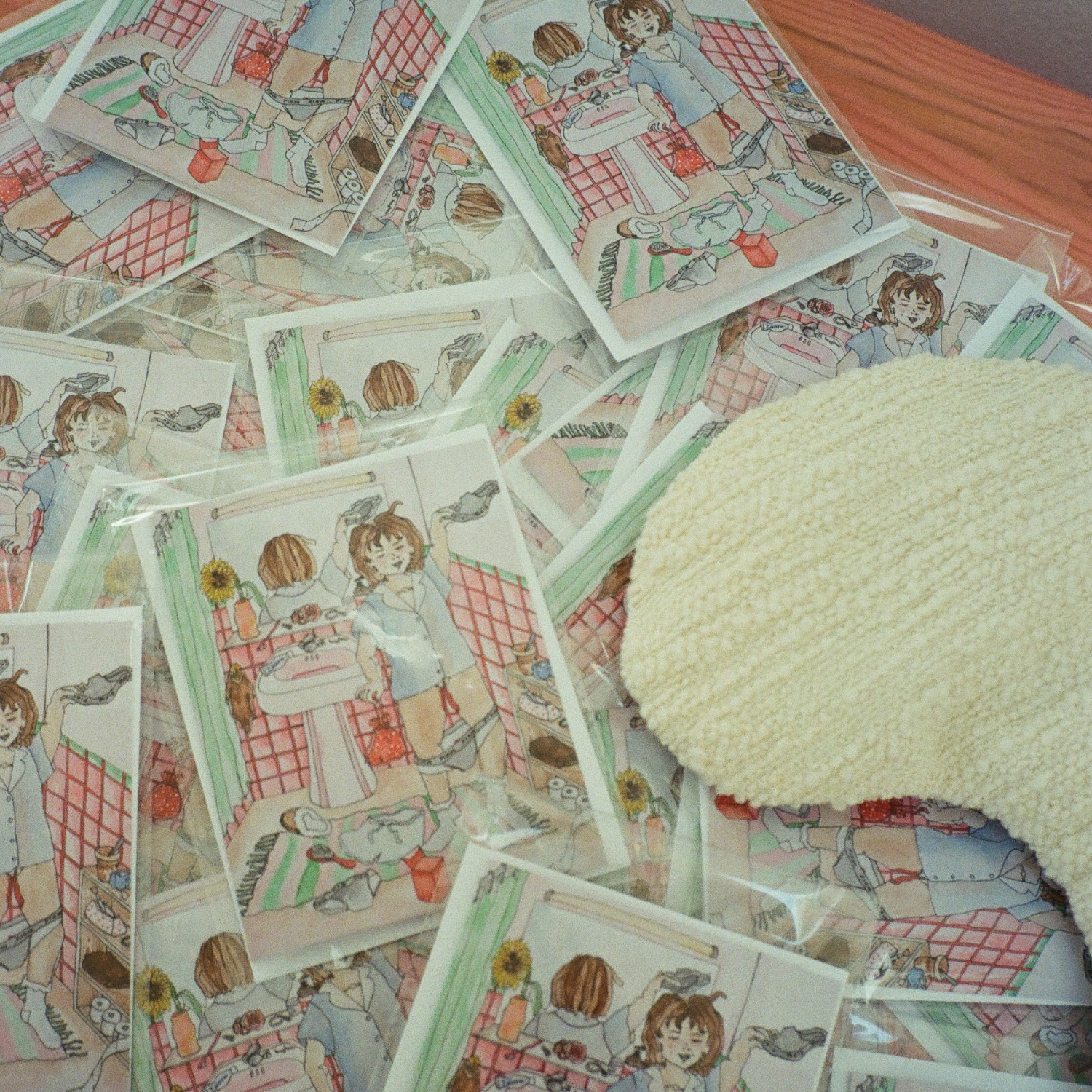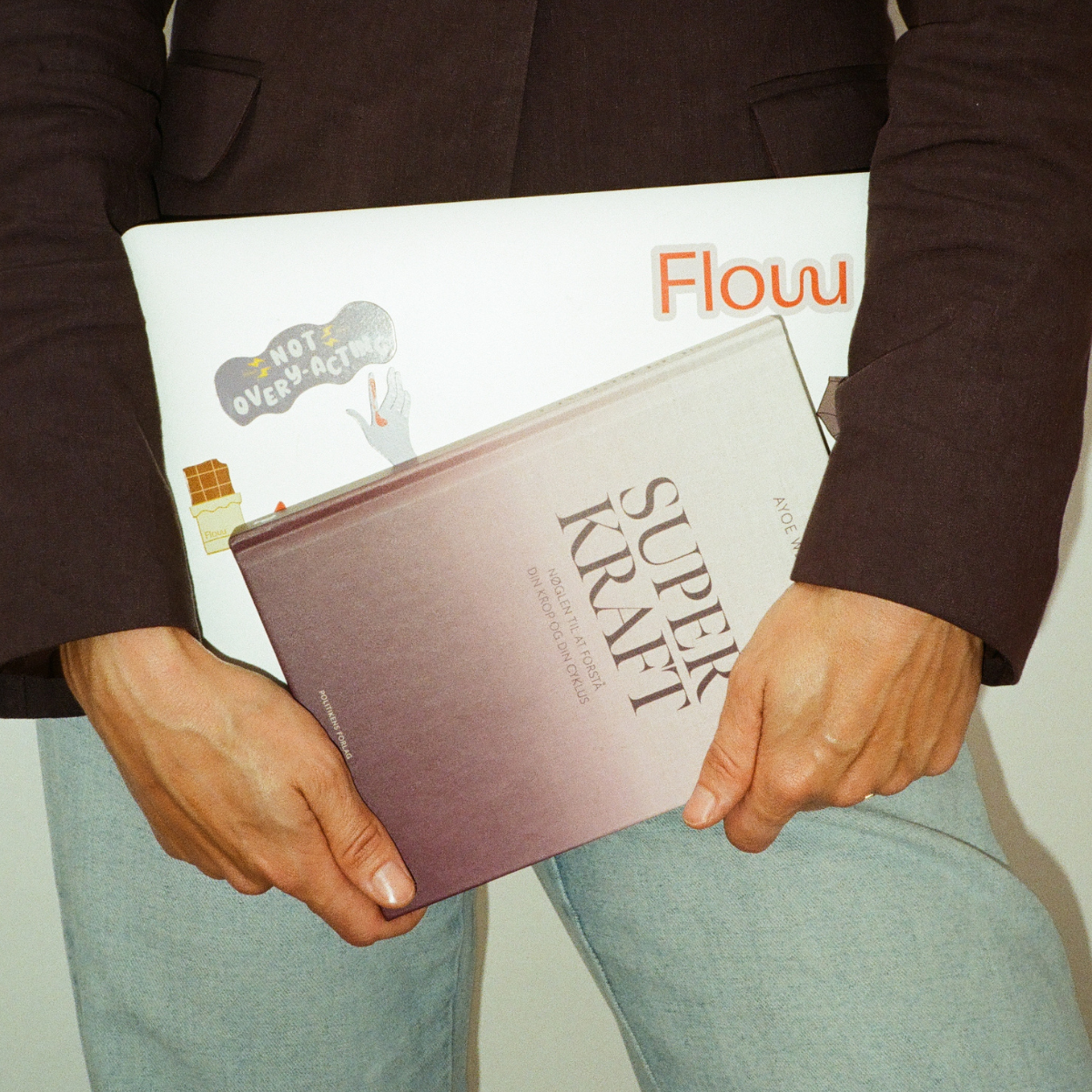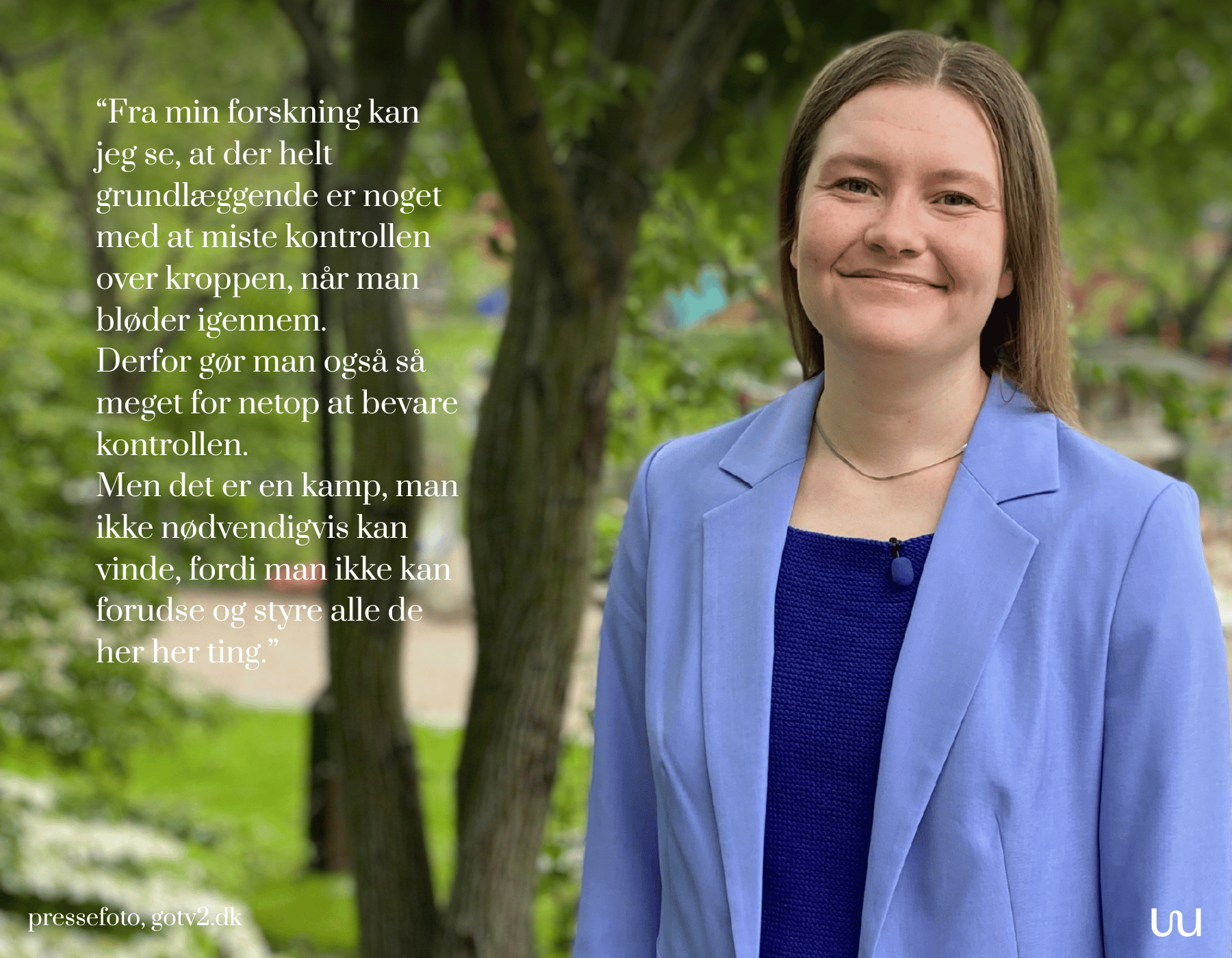Infections and complications after childbirth – what should every woman giving birth know?
When you give birth to a child (or more), it is both a completely unique and special birth - no birth is the same, not even your own. And at the same time, there are billions who have done it before us. The most ordinary - and the most unusual at the same time. That's part of what makes it so magical.
And the days after birth can also be quite different - for most of us they typically go by quietly. What we may focus on most of all is cuddling, sniffing, throwing ourselves into breastfeeding, and understanding that we actually get to take them home (and: that we can figure out how to take them from here).
But for some, the postpartum days will be a little more complicated or dramatic. And in this post, we'll focus on the red flags: What symptoms you have that may indicate an infection or complication - and when you should seek help.
Here is a guide to what every new mother should know about Signs of infection during postpartum: Fever and discharge after birth, bleeding and the smelly discharge and generally “what is dangerous after birth”. We have your back!
Remember: The vast majority of people have an absolutely peaceful postpartum period, where what may be the most troublesome is breastfeeding.

Why is there a risk after birth?
During and immediately after childbirth, the mother's abdomen and uterus are particularly vulnerable. There are many open surfaces, small tears, and intense activity in tissues and blood vessels that can provide access for bacteria and inflammation. According to Merck, some of the factors that increase the risk of, for example, infection in the uterus are:
-
Long-term water loss (which provides longer exposure)
-
Long or complicated birth
-
Many internal examinations during childbirth
-
Caesarean section
-
Residual tissue in the uterus (this may be called placental fragments)
-
Excessive bleeding during or after childbirth
-
Colonization with bacteria in the genitals (lower intestinal/vaginal flora).
But it's also true that we get the birth we get - there's really very little we (women, ahem) have control over. If you experience the above during your birth, the obstetricians and midwives will already be aware of you, and they know the risks.
What can happen as a result of the above is, for example, inflammation, an infection. It can be, for example:
-
Inflammation of the uterus (they may call it endometritis) or endometritis
The most common infection in the postpartum period.
Typical symptoms: Fever, pain, foul-smelling discharge, tenderness in the uterus -
Wound infection (from e.g. caesarean section, ruptures, episiotomy - cut in the perineum)
Tears, episiotomy wounds, and cesarean section scars can become infected.
Typical symptoms: Redness, heat, pain, pus, opening of the wound. -
Urinary tract infection or kidney infection
If you had a catheter inserted during childbirth or had prolonged pressure on the bladder, inflammation may occur.
Typical symptoms: Pain, burning when urinating, fever, back pain. -
Breast inflammation (they may call it mastitis)
Inflammation of breast tissue – typically during breastfeeding.
Typical symptoms: Redness, pain, warmth and fever in the affected breast.
If it develops into an abscess, cavities with pus may form.
And in very rare cases, they may suspect abscesses (collected areas of matter typically infected with staphylococci), sepsis, or pelvic vein infection). Mastitis is quite common but oh, so painful. So is cystitis. But a maternity ward has seen it all and knows how to handle it and help you get well again.
But in Denmark, you are typically discharged and discharged from the maternity ward 24-72 hours after birth. After that, you will be under the care of your own doctor. However, you will be visited by a health visitor quite quickly if you agree to it. It is better to bring up your symptoms once too much than too little.
Yes, a body can be sore after giving birth, you can feel completely shattered - hoarse voice, sore tailbone, tired muscles - just slightly shattered. ✨ places you didn't even know existed. But increasing pain? Preferably not. So what signs should you pay attention to after giving birth?
Signs and Symptoms: When Should Alarm Bells Ring? call?
Honestly. When everything works and feels different, it can be hard to distinguish “normal” pain and discharge from something serious – but here are some general symptoms that may require your doctor’s attention:
- Fever above 38 °C may be a sign of infection
- Perhaps accompanied by chills
- Lower abdominal pain that is other than tenderness.
- Foul-smelling vaginal discharge
In the very first 12 hours after birth, a single temperature spike that is outside the normal range may be common. However, if the fever does not continue and is accompanied by any of the above symptoms, a trip to the doctor may be warranted.
Not so good combinations: Bleeding + foul-smelling discharge
You have most likely experienced nine wonderful months without bleeding from a period. But now the blood is back. Because bleeding after childbirth (called lochia) is completely normal in the weeks after. It is not a period but rather bleeding from a wound that is healing where the placenta has become stuck in the uterus.
But what separates normal postpartum hemorrhage from a more dangerous scenario?
-
Typically, your lochia - your postpartum bleeding - will progress from red -> brown/pink -> yellowish/lighter discharge over 4–6 weeks. By your 8-week medical check-up in Denmark, your bleeding will most often have stopped.
-
The float itself should not have a strong, unpleasant odor. It may smell iron-like and may not be particularly pleasant. However, if the odor is strong, such as "rotten" or fishy, it may be a sign of infection.
-
Typically, the bleeding will gradually decrease over the weeks. However, if the bleeding increases significantly, or you have to change your pad several times an hour, it may be a sign that there is still residue in the uterus – and a possible risk of infection. Typically, you will need the classic "postpartum diapers" for the first few days, then slowly switch to heavy pads or heavy menstrual panties after a week or so.
-
Sudden worsening pain and foul-smelling discharge may also indicate the development of an abscess or untreated inflammation around the uterus or in the pelvic region.
Although few of us will be able to diagnose ourselves at home, and we shouldn't try to. But you will typically have no doubt about whether you should call the doctor. A birth is enormously stressful for the body, and complications can arise in the aftermath, but fortunately we are skilled at treating them. You shouldn't feel particularly bad after giving birth.
What can I do as a woman giving birth? – prevention and early action
First of all, good hygiene around the abdomen , incisions, your caesarean section and any ruptures is always a good place to start. A flush bottle instead of toilet paper can be nice. Change pads and menstrual panties frequently - and take care of your body as well as you can, as you would after any other operation in the hospital. It's not just a birth - "many have done it before me". Yes, they have - but a birth is always a risk, and 200 years ago with the life at stake for the woman giving birth.
We should not make it smaller than it actually is. And the fact that we have generally cut back on postpartum care and stays from the public sector is not an expression that giving birth is not a huge job, but more an expression of savings AND that we have of course become skilled at both screening during pregnancy for various risks and at treating when complications arise during and at birth.
Keep an eye on your temperature and your discharge/bleeding. These are two great indicators. Don't ignore persistent pain, fever, or outright discomfort.
When you notice symptoms; write them down, contact your midwife, doctor or maternity ward – be explicit: “I have XX fever on X day + foul-smelling discharge after giving birth”
Typically, treatment in a hospital setting will be antibiotic therapy if an infection is suspected. And in some cases, surgical removal of remnants in the uterus or drainage of abscesses - these collections of matter that can occur - may be necessary.
Final thoughts from here: Listen to your body
You've spent nine months honing your intuition and practicing listening to your body. Is baby moving? Should I slow down the pace? Should I take a long day?
That intuition will develop over the next many years of your fun - the feeling that everything is as it should be with your child.
But it starts with you. After giving birth, your body goes through huge changes – not all pain and discharge are signs of illness. But if something feels wrong (and you now know some of the symptoms: fever, odor, pain), then you need to react.
Your reaction can make a difference in healing and prevent small problems from growing bigger. And hey: Baby is guaranteed to get so much care from you. But you also deserve attention, care, and support during this period — especially when it comes to taking care of the body that has taken such good care of the little one.
We wish you the best healing and postpartum period.



